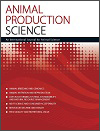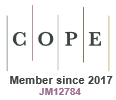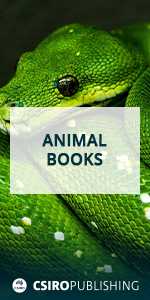Animal Production Science
Volume 65
Number 8 2025
This study explored the nutritional quality of BSFL reared on five different food waste streams from two different commercial farms. Additionally, the effect of post-harvest treatments (blanching and drying) and larval instar (fifth and sixth) on the nutritional profile of BSFL was investigated.
Beef cattle have been improved over a long time, mostly by subjective visual appraisal, but are these phenotypic traits predictive of feedlot production potential? This review investigates evidence of an association between phenotypic traits and feedlot production, and found valuable evidence in the literature of a number of traits that are associated with production outcomes. This provides the foundation for the establishment of precision farming systems based on individual animals’ production potential.
Deer hard antler button (HAB), a traditional Chinese medicine, has been valued for its anti-inflammatory properties for centuries. This study demonstrated that HAB extract has stronger anti-inflammatory effects than deer hard antler shaft (HAS) extract, supported by cellular, animal model experiments, and metabolomics analysis. By identifying key bioactive compounds, the findings provide a scientific basis for the traditional use of HAB and highlight its potential applications in promoting health and well-being.
Almond hulls are a significant by-product produced in quantities roughly double that of the kernel. The elevated tannin concentration is a limiting factor in their application in food and feed. Incorporating almond hulls into lucerne silage enhances the protein utilization efficiency of lucerne while reducing the tannin content in the hulls. Incorporating almond hulls into lucerne silage provides a dual advantage.





